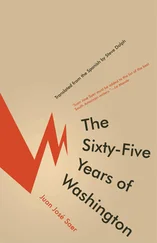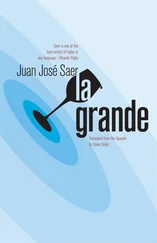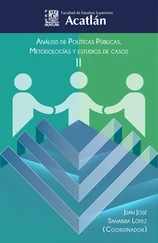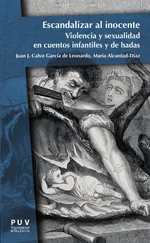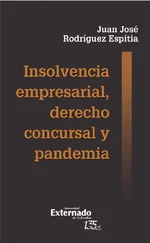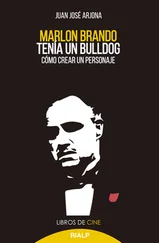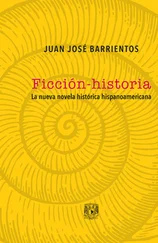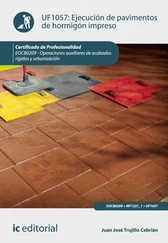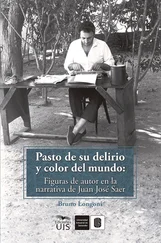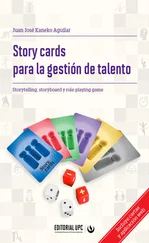Juan José Saer - Scars
Здесь есть возможность читать онлайн «Juan José Saer - Scars» весь текст электронной книги совершенно бесплатно (целиком полную версию без сокращений). В некоторых случаях можно слушать аудио, скачать через торрент в формате fb2 и присутствует краткое содержание. Год выпуска: 2011, Издательство: Open Letter, Жанр: Современная проза, на английском языке. Описание произведения, (предисловие) а так же отзывы посетителей доступны на портале библиотеки ЛибКат.
- Название:Scars
- Автор:
- Издательство:Open Letter
- Жанр:
- Год:2011
- ISBN:нет данных
- Рейтинг книги:5 / 5. Голосов: 1
-
Избранное:Добавить в избранное
- Отзывы:
-
Ваша оценка:
- 100
- 1
- 2
- 3
- 4
- 5
Scars: краткое содержание, описание и аннотация
Предлагаем к чтению аннотацию, описание, краткое содержание или предисловие (зависит от того, что написал сам автор книги «Scars»). Если вы не нашли необходимую информацию о книге — напишите в комментариях, мы постараемся отыскать её.
explores a crime committed by a laborer who shot his wife in the face; or, rather, it explores the circumstances of four characters who have some connection to the crime. Each of the stories in Scars explores a fragment in time when the lives of these characters are altered, more or less, by a singular event.
Scars — читать онлайн бесплатно полную книгу (весь текст) целиком
Ниже представлен текст книги, разбитый по страницам. Система сохранения места последней прочитанной страницы, позволяет с удобством читать онлайн бесплатно книгу «Scars», без необходимости каждый раз заново искать на чём Вы остановились. Поставьте закладку, и сможете в любой момент перейти на страницу, на которой закончили чтение.
Интервал:
Закладка:
If I were betting at two different tables, on the player, let’s say, the score at one table would have no value at another, and vice versa. Therefore, viewed from the outside, the space where the rules of the table don’t apply, the internal significations are completely erased.
The table, on the other hand, despite resembling a gaming table, has no significance and no development until the shoe is arranged according to the process I described earlier. Before the cards are drawn from the shoe and reveal their significance, nothing happens on the table. Nothing is worth anything. Without the fleeting glow of the cards being dealt, being turned, revealing their significance, and disappearing again, the table is blind and inert. It’s nothing in and of itself. It’s just there, and that’s it.
What remains is the subjective aspect of the game. There are complications, and the only real relationship is between the player and the deal, once the deal has taken place. The rest is pure speculation.
This relationship between the player and the cards has two stages: the hypothesis and the verification. Let’s say that as regards the human faculties, the hypothesis corresponds to what they call imagination, the verification to what they call perception.
The player should bet according to his imagination. He bets on the chance that what he imagines, which could happen, happens. He apprehends the hand as it sets up, not as it happens. But once the cards have been arranged in the shoe, the hand has already happened. It could rearrange itself, if in the previous hand the player was dealt a five and asked for another card, but that transformation of the shoe’s internal arrangement always precedes the moment of the player’s perception of it. If the gambler sees that the player has asked for a card after getting a five, he knows that some change has occurred, but he doesn’t know what.
Evidence, meanwhile, in baccarat, is an accessory to the event, not the event itself. It is, furthermore, subjective. The thing is actualized and only then perceived, but it was no less real while it was hidden. The hand doesn’t change because I perceive it. I’m the one who changes. When it disappears back into the undifferentiated pile stacked at one side of the shoe, I retain the evidence of the thing itself and also the evidence that it had remained hidden and yet real, having been prefigured before I perceived it. It manifests, therefore, a duplicate evidence.
The gambler can only perceive the hand as it is dealt. The most he can do is realize that all that is real to him is a delayed perception of the event itself. But despite this the hand means nothing to him as it is dealt. He must either bet blind or invent a system to keep track of a given number of hands.
During the game itself many different things can happen, within a strict set of possibilities. This rigid, generic structure determines that each hand can only go to the punto or the banco, or it can push. If it’s a push, a tie, the hand is dealt again. It’s like nothing happened. In reality, something has happened, but I act like nothing happened simply because no one has won or lost. Ultimately, the better’s interest shifts depending on what happens, and he assigns each outcome a different value.
The other factors of interest to the gambler are the punto and the banco. He bets on either of the two, according to his inclination. Let’s say he bets a thousand pesos on the punto. If the punto gets the highest score, he, the gambler, wins. The best score is the one farthest from zero, or, to put it optimistically, the one closest to nine.
What makes a gambler bet on one and not the other? The reasons a gambler bets on one and not the other can be separated into two classes: first, irrational reasons; second, rational reasons.
Let’s take my case: when I make an irrational bet, it means I’ve bet based on some kind of feeling. Emotional factors can play a large part. I don’t like the guy playing the banco, so I play the punto. Or I’m determined that it will turn out banco, and I feel sure it will. I play the banco. I owe a favor to the guy who holds the cards for the punto. That makes me play punto. I have a habit of chasing the winner. If the guy who’s winning has just dealt four hands to banco, it follows, I think, to play the banco, so I play banco. Punto or banco can take the trick, or it can push. There’s no other possibility. If my emotions have controlled the reasons for my best, I’ve therefore made an irrational bet.
Let’s move on to the rational reasons. I set up an ideal system for the hands: if punto has been taking it, it will keep doing so, and I should bet on a string of puntos. When it goes to banco, I bet on a string of those. If it goes punto then banco, punto then banco, and so on, I play what’s called a chop, and trade off betting punto then banco. If I see that it’s going two puntos and two bancos, I play twice on punto and twice on banco, and so on.
There’s a second rational reason to bet — on banco let’s say. If the punto takes ten tricks in a row, then logic dictates that a banco will follow. Odds favor it, because the overwhelming imbalance of tricks suggest a limit to the string. And so, after the tenth hand to punto, I bet banco.
My reference point is always the past. Each hand, while prepared at the edge of the future, turns, ultimately, toward the past as it crosses the fleeting horizon of the present evidence. Each present is unique. No present repeats itself. It could, in the end, resemble a different present that’s now confined to the past, could bear some resemblance to it. In the last hand the banco beat the punto nine to six, so we think the same thing will happen in this hand. Twenty tricks have gone to punto, and in the past, or our experience of it, strings of punto have tended to be cut short at some reasonable figure by the banco, so in this string of puntos, which is already at twenty, a completely insane number, reason says a banco will cut short the string.
If it’s gone to banco twice, logic tells us that, necessarily, it should again. It’s gone four hands choppy, so we’re sure it’ll go four more.
These are the rational reasons I bet with at baccarat. But we already know that repetition doesn’t exist. What exists, ultimately, is resemblance, simulation. And because of this, after twenty consecutive hands to punto, it could go twenty more, or thirty, or fifty, a thousand, a million more hands to punto. Ten generations of dumbfounded players could observe, passing the phenomenon down from father to son, a string of puntos that lasted a thousand years. This wouldn’t stop a rational player from betting banco. And it could happen that after the string of a million tricks to punto the rational player finally learns from his experience, plays punto, and just then they deal the provident hand to banco that they’ve been expecting for ten generations.
In a choppy game I’ll play a punto after a banco and a banco after a punto. But this doesn’t mean that a banco can’t follow a banco, or a punto follow a punto. I see that a punto game is taking shape and so, shifting around, I’ll play punto, which itself doesn’t prevent the banco from taking it again and reinitiating the chop. That I can follow a game for ten hands doesn’t mean that the past is repeating itself, only that my sense has overlapped with reality. Like if I fire a shot into the air without looking up and a wild duck falls at my feet.
The examples above demonstrate that, in baccarat, all my reasons for betting, the rational ones as well as the irrational ones, are all irrational.
The singular aspect of the game is its complexity. It precludes all rational behavior, and I’m forced to move through its internal confines with the groping, blind lurch of my imagination and my emotion, where the only perception available to me passes before my eyes in a quick flash, when it’s no longer useful because I’ve already had to bet blind, and then disappears.
Читать дальшеИнтервал:
Закладка:
Похожие книги на «Scars»
Представляем Вашему вниманию похожие книги на «Scars» списком для выбора. Мы отобрали схожую по названию и смыслу литературу в надежде предоставить читателям больше вариантов отыскать новые, интересные, ещё непрочитанные произведения.
Обсуждение, отзывы о книге «Scars» и просто собственные мнения читателей. Оставьте ваши комментарии, напишите, что Вы думаете о произведении, его смысле или главных героях. Укажите что конкретно понравилось, а что нет, и почему Вы так считаете.

